Rotator cuff injuries can severely impact your daily activities and quality of life. At PREP Performance Physical Therapy Center, we …


Rotator cuff injuries can severely impact your daily activities and quality of life. At PREP Performance Physical Therapy Center, we …

Elbow, wrist, and hand pain can significantly impact your daily life, making even simple tasks challenging. Whether the pain is …
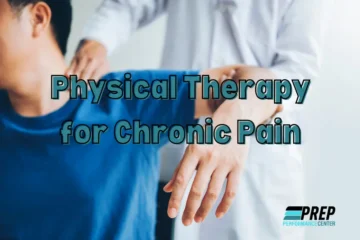
Chronic pain is a pervasive and debilitating condition that affects millions of Americans, limiting mobility, disrupting daily life, and impacting …
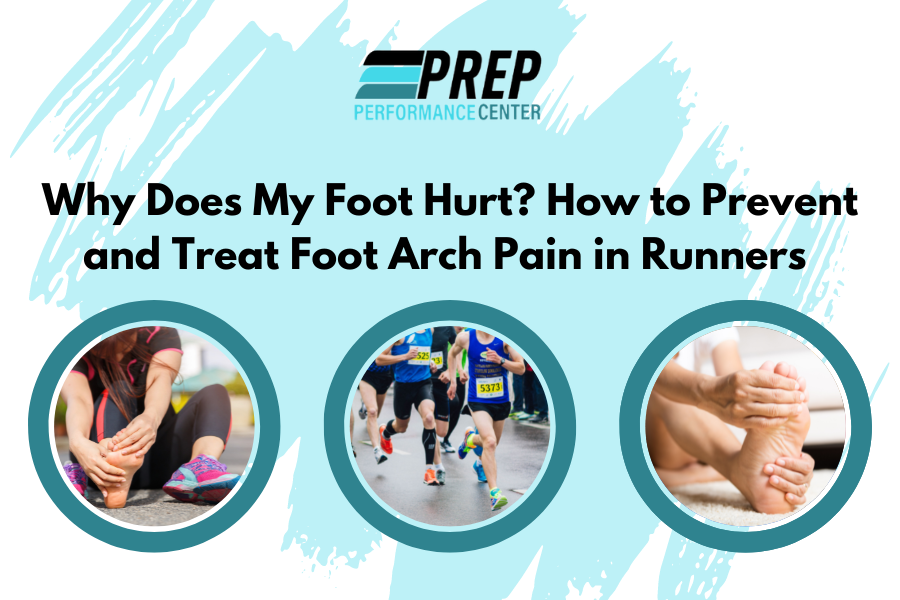
Why does the bottom of my foot hurt when I walk? Or, do you feel a pulling sensation in your …
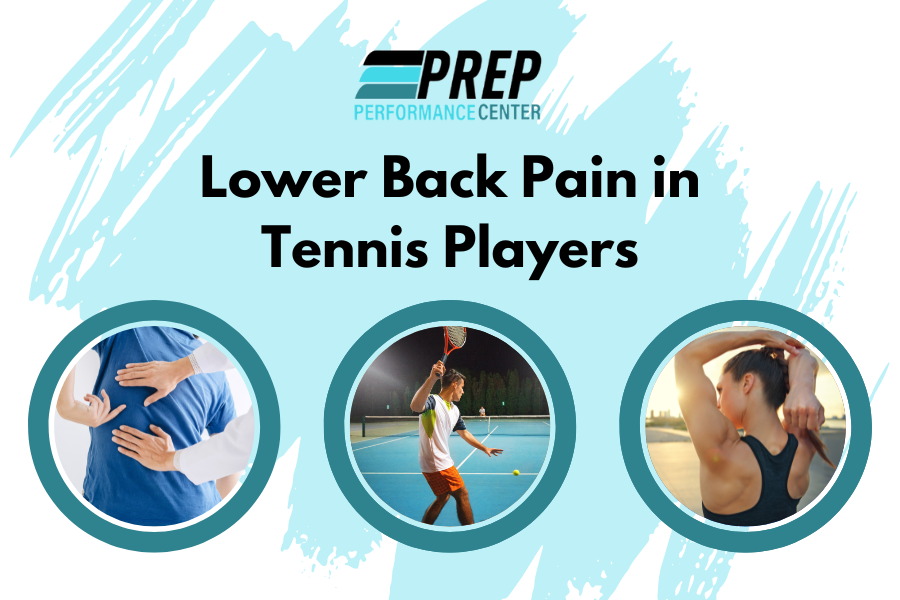
Can tennis cause lower back pain? Athletes push themselves to the limit to achieve great performance. This can cause issues …
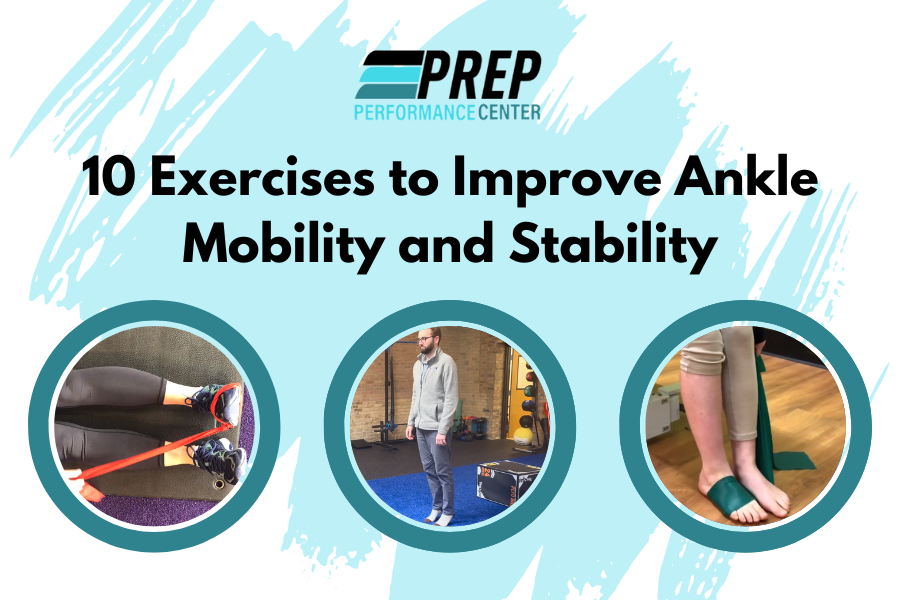
How long does it take to improve ankle mobility? What are these ankle mobility exercises physical therapy? How common is …
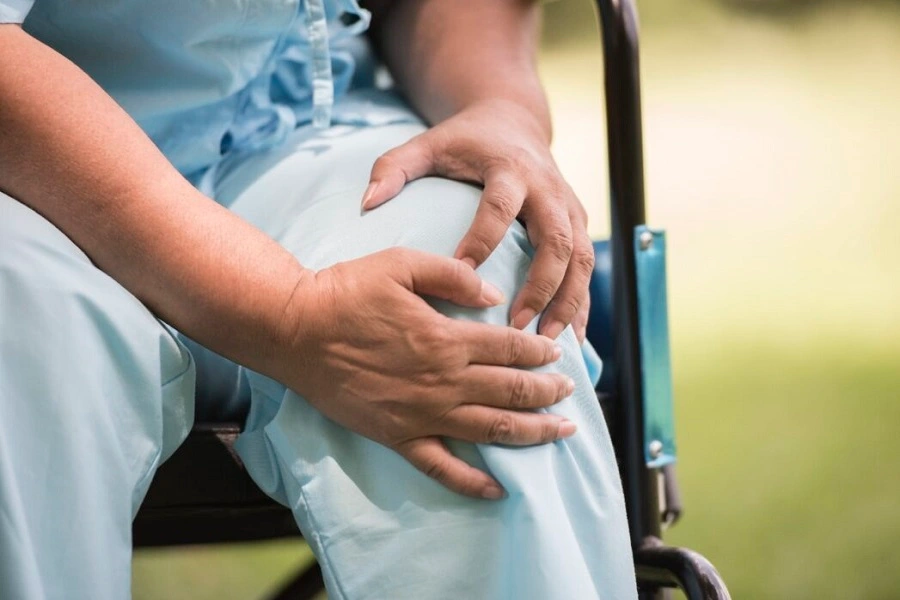
Tips to Recover – I guess you are questioning now on what is the fastest way to recover from knee …
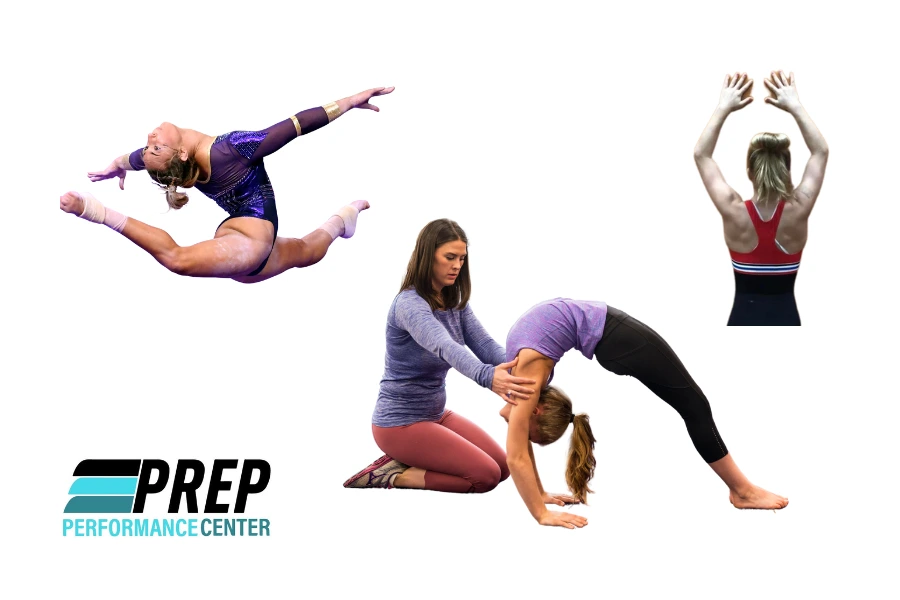
Gymnastics is an extremely intense sport both emotionally and physically. The physical demands of this sport unfortunately leave gymnasts susceptible …